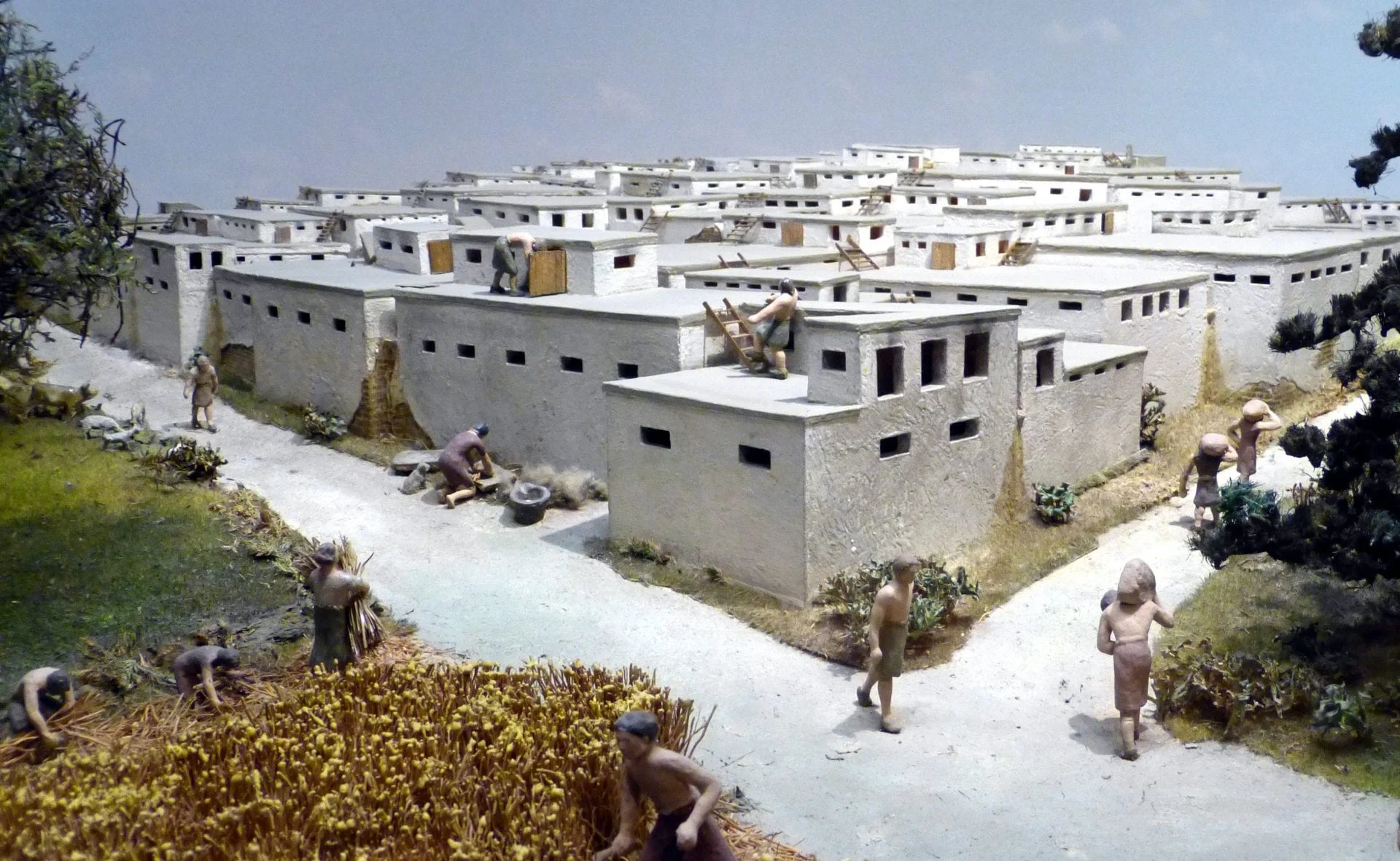A groundbreaking study published in the journal Science has revealed that women played the dominant role at Çatalhöyük.
Çatalhöyük is an ancient proto-city from the Neolithic and Chalcolithic periods, located on the edge of the Konya Plain near Konya in Turkey.
The site consists of multiple urban centres built up during thousands of years of occupation (primarily Çatalhöyük East and Çatalhöyük West), with dense housing clusters situated on alluvial clay mounds.
The earliest phase of settlement dates from around 7100 BC during the Pre-Pottery Neolithic, a period that saw the development of pastoral complexes becoming more reliant on animal domestication alongside traditional hunting.
Çatalhöyük was occupied until around 5700 BC before the emergence of the Bronze Age. Some experts attribute the abandonment of the city to climate change or a decline in egalitarianism, leading to internal violence and a breakdown of the micro-society.
In a study led by the Middle East Technical University and Hacettepe University in Ankara, working in collaboration with the University in Poznań, a DNA analysis successfully sequenced 131 genomes from the remains of 400 skeletons buried beneath the floors of ancient dwelling.
According to the study authors, the analysis revealed a surprising shift over time. In the early period, individuals buried in the same house were typically biologically related. Later, households increasingly included unrelated individuals.
Despite these differences, all members shared similar diets, suggesting they lived together as cohesive domestic units, possibly through forms of foster care or adoption.
Most significant, however, is the discovery that traced family lines were predominantly women, suggesting that women retained their birth homes while men moved away. This revelation upturns the narrative in most male-centred social models previously found in European Neolithic sites.
Furthermore, the burial practices at Çatalhöyük clearly show that the graves of girls, particularly young infants and children, contained more high-status funerary objects than those of boys, such as beads, tools, and pottery up to five times more.
“The position of women becomes particularly dominant towards the end of the main stage of settlement, which at that time had about a thousand inhabitants. This corresponds with the intensification of ritual activities, a large number of wall paintings with narrative scenes and special treatment of cattle,” noted Prof. Arkadiusz Marciniak, whose team is studying the last stage of settlement.
Header Image Credit : Wolfgang Sauber – CC BY-SA 4.0
Sources : PAP





